14-Day 10 Countries Western Europe Imperial Tour
Visit Italy, Vatican, Austria, Liechtenstein, Switzerland, Germany, Netherlands, Belgium, France, England
US Office:
US West office:877-895-7988
US East office:877-825-7988
Email:webagent@GrandHolidays.com
| Region | Europe - Western Europe | --> -->
| Tour Code | URL14 |
| Departure Dates | See Calendar below |
|
per person $ 3379 Up |
|
| Room type | per person |

※Note: Tour names and descriptions are for reference only. The actual itinerary shall prevail.
Highlights
- Our most popular and classical journey to experience the best of nine/ten Western European countries, especially suitable for first time Europe travellers.
- Attentive planning on sightseeing, entertainment, meals, hotels, etc. throughout the tour from Rome to London.
- Explore Amsterdam, the City of Canals on the glass-top canal cruise to discover the unique and charming canal ring and enjoy exquisite views of canal houses and bridges.
- Experience West Europe history, art and culture through visiting numerous UNESCO World Heritage Sites: Colosseum, Saint Peter’s Basilica, Leaning Tower of Pisa, Basilica di Maria Del Fiore, Big Ben, London’s Tower Bridge, Louvre Museum, Eiffel Tower, etc.
- Explore Colmar, a charming fairy tale medieval town in France, where you can stroll through the cobblestone alleys, admire the colorful houses, feel its unique old town vibes, and admire Petite Venise, the most picturesque district in the town.
- Travel in style with a gondola ride to explore Venice, the City of Water, cruises in Lake Luzern and Rhine River, glass-top canal cruise in Amsterdam, the first 360-degree rotating cable car to the summit of Mt. Titlis, and Eurostar train from Paris to London.
- Plenty of free time for shopping in Paris, the world famous fashion metropolis.
- Accommodate at convenient 4-star upscale hotels with daily buffet breakfast, and same hotels for 2 nights in Amsterdam, Paris and London.
- Include 1 lunch and 7 dinners; savor the most authentic local cuisine, like Venetian seppia pasta and fried seafood platter, Italian’s gelato and wine, Germen’ pork knuckles with famous local beer, French foie gras and duck/salmon à L’Orange with dessert and red wine, etc.
- Experienced bilingual tour leader offering attentive services and comprehensive narratives on each destination; local professional tour guides are also dispatched to major cities to provide more in-depth introductions of scenic spots, historical sites and traditions.
- Admissions & transfers included: (1) Venice ferry to San Marco, (2) Amsterdam Canal Cruise, (3) Louvre Museum (private VIP tour by accredited guide), (4) British Museum (private VIP tour by accredited guide) and (5) Eurostar train from Paris to London.
St. Peter’s Basilica: Built in 1506, St. Peter’s Basilica is an Italian Renaissance church in Vatican City designed by the great artist Michelangelo and is regarded as one of the holiest Catholic shrines. It’s the burial site of Saint Peter and many Popes. It has been holding a supreme status in religion, history and architecture. Trevi Fountain: This fountain became world famous after the popular American romantic comedy film “Roman Holiday” starred by Audrey Hepburn in 1953. Be sure to cast a coin and make a wish. Your dream will come true! Colosseum: Representing civilization of ancient Rome, this oval-shaped Colosseum is the largest amphitheatre ever built in the world. It is built of limestone, volcanic rocks and concrete in 80AD. It was used for entertainment in the early medieval era and later for religious ceremonies and could hold audience of up to 80,000. Arch of Constantine: Dedicated to the Roman emperor Constantine the Great for his victory at the Battle of Milvian Bridge in 312AD, this 3-bay arch is the largest Roman triumphal arch and built of brick-faced concrete. The monuments and sculptural decorations on the Arch are still well preserved nowadays.
Leaning Tower of Pisa: This landmark of Italy was included in the UNESCO World Heritage Site since 1987. The famous Italian physicist Galileo Galilei conducted his experiments from the Tower and finally discovered his “Law of Free Fall”. Basilica di Santa Maria del Fiore: The third largest church in the world. The dome of this Gothic styled cathedral is the symbol of Florence and can be seen from anywhere in the city. Until the development of new structural materials in the modern era, the dome was the largest in the world and still remains the largest brick dome ever constructed. Piazza della Signoria: Named after the Palazzo della Signoria, this L-shaped public square is the main point of the origin and history of the Florentine Republic and still maintains its importance as the political centre of the city. The grand 14th-century town hall Palazzo Vecchio, the Loggia della Signoria, the Uffizi Gallery, the Palace of the Tribunale della Marcanzia and the the Palace of the Assicurazioni Generali attract numerous tourists while extracts impressive Renaissance atmosphere. Ponte Vecchio: The oldest bridge in Florence, this medieval stone closed-spandrel segmental arch bridge is the only bridge there that could still stand persistently after the WWII. On the bridge there are art galleries, souvenir stores, jewellers, etc.
San Marco Basilica & Piazza: San Marco Piazza is the principal public square of Venice, surrounding with renaissance buildings and monuments, including San Marco Basilica, which is the cathedral church of the Roman Catholic Archdiocese of Venice and one of the best known examples of Italo-Byzantine architecture. It also represents a symbol of Venetian wealth and power. Bridge of Sighs: An enclosed bridge with windows and stone bars passes over the Rio di Palazzo and connects the New Prison to the interrogation rooms in the Doge’s Palace. It was named so as the prisoners would sigh at their final view of beautiful Venice through the window before being taken down to their cells. Doge’s Palace: One of the major landmarks of Venice, this Venetian Gothic style palace was once the residence of the Doge of Venice, the supreme authority of the former Republic and then transformed to a museum to document the history, art and culture of Venice. Gondola: A traditional flat-bottomed Venetian rowing boat which has been a major means of local transportation for centuries and is also offering tourists exceptional experience of exploring the picturesque scenery while travelling through the canals. Innsbruck: As the provincial capital of Tyrol and the fifth largest city in Austria, this beautiful alpine destination, with its historical buildings, breathtaking scenery, and snow-capped mountains, is one of the most wonderful places to visit in Europe. Golden Roof: To commemorate the Emperor Maximilan I’s wedding, this landmark structure of a Gothic style building in Innsbruck’s Old Town was built with 2,657 fire-gilded copper tiles while the entire oriel is decorated with sculpted reliefs and mural paintings.
Vaduz: The capital city of Liechtenstein, the world’s sixth smallest country being doubly landlocked by Switzerland and Austria. It is so tiny that only 17.3 km2 in size and has a population of no more than 6,000. Though it has vibrant travel industry, it is however one of the very few capital cities in the world without an airport or railway station. Lion Monument: A rock relief in Lucerne, Switzerland to commemorates the Swiss Guards who sacrificed their lives in 1792 during the French Resolution. Chapel Bridge: Luzern’s landmark and the oldest wooden covered footbridge in Europe, spanning River Reuss in Central Switzerland and containing some interior paintings dating back to 17th century and depicting some significant events in Luzern 's history.
Mt. Titlis: the mountain of the Uri Alps with the highest summit at 3238m above the sea level offers travelers’ fantastic panoramic views of the Alps and the glaciers after taking the world’s first 360-degree rotating cable car on the way up to the summit. Colmar Old Town: A remarkably enchanting fairy tale medieval town characterized with colorful houses and cobblestone streets. The most picturesque area of the Old Town is the Petite Venise, where starts behind the Koifhus (old customs house), through the fishmonger’s district to the bridges Saint-Pierre and Turenne. Originally inhabited by a rural community of wine-producers, market gardeners and boatmen, this district boasts many typical half-timbered houses along the riverbanks, hence the name, little Venice. Though Colmar Old Town is easily walkable, taking a boat trip on the canals offers another fun way of exploring the town.
Romerberg: This town hall square is the historic heart of Frankfart’s medieval Old Town since the 15th century and nowadays a popular tourist attraction. Its silhouette, with three gables and balconies are world-famous. The Statue of Justice in the center stands proudly facing the City Hall, holding a scale and a sword, just like the spiritual symbol of the city. Over the past six centuries, nine buildings, several inner courtyards and a number of bronze statues were added until the present appearance of the Romer complex. This is also the location of Frankfurt’s annual Christmas market. Rhine River: Originating from the southeastern Swiss Alps, the 1232km-long Rhine River is the second longest river in Central and Western Europe and has been possessing high significance in trade as one of the busiest waterways running through many European countries since the Roman Empire.
Volendam: The rare traditional fishing village in Amsterdam, with many colorful European-style village houses along the dam, taking visitors over into a fairy tale while enjoying a stroll there. Zaanse Schans Windmills: A unique residential area in North Holland, full of windmills, wooden houses, barns and workshops, depicting the local life in the 17th and 18th century. Canal Cruise: Amsterdam, capital of the Netherlands, has more than 100km of canals. We will enjoy the best sights of Amsterdam in a comfortable glass-top boat as we wind down the canals.
Grand Place: The central square of Brussels being surrounded by Gothic architectures and medieval buildings is the most popular tourist destination and most memorable landmark in Brussels. Manneken Pis: Brussels’ landmark bronze sculpture depicting a naked biy urinating into the fountain basin. Fully embodies Brussels’ sense of humor, this statue is just a replica while the original is currently well kept in the Brussels City Museum.
Louvre Museum: The world’s largest art museum and a historic monument in Paris. It was originally built as a castle and has been used as a museum since 1793 to display the nation’s masterpieces, including the famous painting “Mona Lisa”, the sculptures “Aphrodite of Milos” and “Winged Victory of Samothrace”, etc. Arc de Triomphe: Meaning “Triumphal Arch of the Star” in French, it is the tallest arch in the world, standing at the west end of the Champs Elysees and serving a significant hub of the 12 radiating avenues. It honors those who scarified their lives in French Revolution and Napoleonic Wars. Eiffel Tower: Locally nicknamed "Iron Lady", the Tower is one of the most renowned architectures in the world. As the tallest building in Paris, it is the city’s landmark and a symbol of French culture and romance. [Note: No compensation will be given if Louvre Museum is closed due to local holidays or any other reasons.]
Palace of Versailles: The former hunting lodge and principal royal residence of France since Louis XIII was built in Baroque style with golden, blue and pinky orange as major color tones and houses many bedrooms, gardens, art galleries, debate hall, theatre, conference rooms, etc. This luxury palace is currently a national museum with collection of over 60,000 works to dedicate the glories of France, making it one of the most popular tourists’ attractions in the world. The Palace and its park were designated a World Heritage Site by UNESCO in 1979.
Windsor Castle: Founded by William the Conqueror in the 11th century, the Castle has since been the home of 39 British monarchs. It is the oldest and largest inhabited castle in the world and Queen Elizabeth II’s favorite weekend home. It occupies 13 acres and is in essence a Georgian and Victorian design based on a medieval structure, with Gothic features reinvented in a modern style. Big Ben: Well-recognised a British cultural icon and a UNESCO World Heritage Site since 1987, this renowned neo-Gothic style clock tower is the largest and most accurate four-faced striking and chiming clock in the world. It still uses its original Victorian mechanism with a back-up electric motor and tolls on the hour. Buckingham Palace: Having served as the official London residence of the UK’s sovereigns since 1837 and the present administrative headquarters of the Monarch, it is also used as a venue for many royal events and official ceremonies. The State Rooms there are open to visitors every summer. Changing the Guard at the Palace encompassing colorful spectacle and British pageantry can also be observed. Westminster Abbey: Located in the city center of London, this Gothic abbey church is one of the UK’s most important religious buildings, the traditional coronation church since 1066, and the final resting place of 17 British monarchs. Tower Bridge: One of the most recognizable landmarks in London, this 240-metre-long suspension bridge with 65-metre-tall twin towers crossing the River Thames and overlooking the gorgeous scenery of the River and its banks. The exhibition in the towers displays the history and operations of the Bridge. British Museum: Established in 1753, the Museum is the first public national museum in the world, with permanent collection of over 8 million works which is among the largest and most comprehensive in existence. It documents the history of human culture from its beginning to the present.
After breakfast, transfer to the airport by private vehicle and board a luxurious flight back to your home destination.

 Instant Conversation
Instant Conversation




